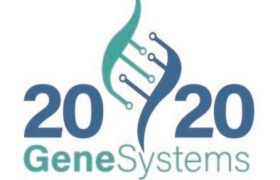Recommendations for Follow Up After OneTest™
Skin Cancer
Symptoms:
- Changes in the size, shape, or color of a mole or other skin lesion
- A sore that doesn’t heal
- Redness or swelling beyond the border of a mole or other skin lesion
- Itching, tenderness, or pain in a mole or other skin lesion
Signs:
- Visible or palpable changes in the size, shape, or color of a mole or other skin lesion
- Ulceration or bleeding in a mole or other skin lesion
Risk Factors
- Sun exposure: Exposure to ultraviolet (UV) radiation from the sun or tanning beds increases the risk.
- Fair skin: People with fair skin, light hair, and blue or green eyes have a higher risk.
- Family History: Having a first-degree relative (parent, sibling, or child) with skin cancer increases the risk.
- Age: The risk of skin cancer increases with age, with most cases occurring in people aged 50 and older.
- Gender: Men have a higher risk of skin cancer than women.
- Immune system suppression: Immunosuppressive medications or conditions that weaken the immune system increase the risk.
Other Screening Tools:
- Skin self-examination: Recommended for individuals with risk factors for skin cancer or symptoms suggestive of skin cancer.
- Dermatologic examination: Recommended for individuals with risk factors for skin cancer or symptoms suggestive of skin cancer.
- Skin biopsy: Recommended if abnormalities are detected during a dermatologic examination or if skin cancer is suspected.
Next Exam(s) To Do
- Skin Biopsy: If OneTest indicates elevated predictive risk for skin cancer, a skin biopsy would be performed for further evaluation. This procedure involves removing a small sample of skin tissue and examining it under a microscope to look for abnormal cells.
Navigation
Copyright © 2023 | OneTest™ for the Early Detection of Cancers | All Rights Reserved.


